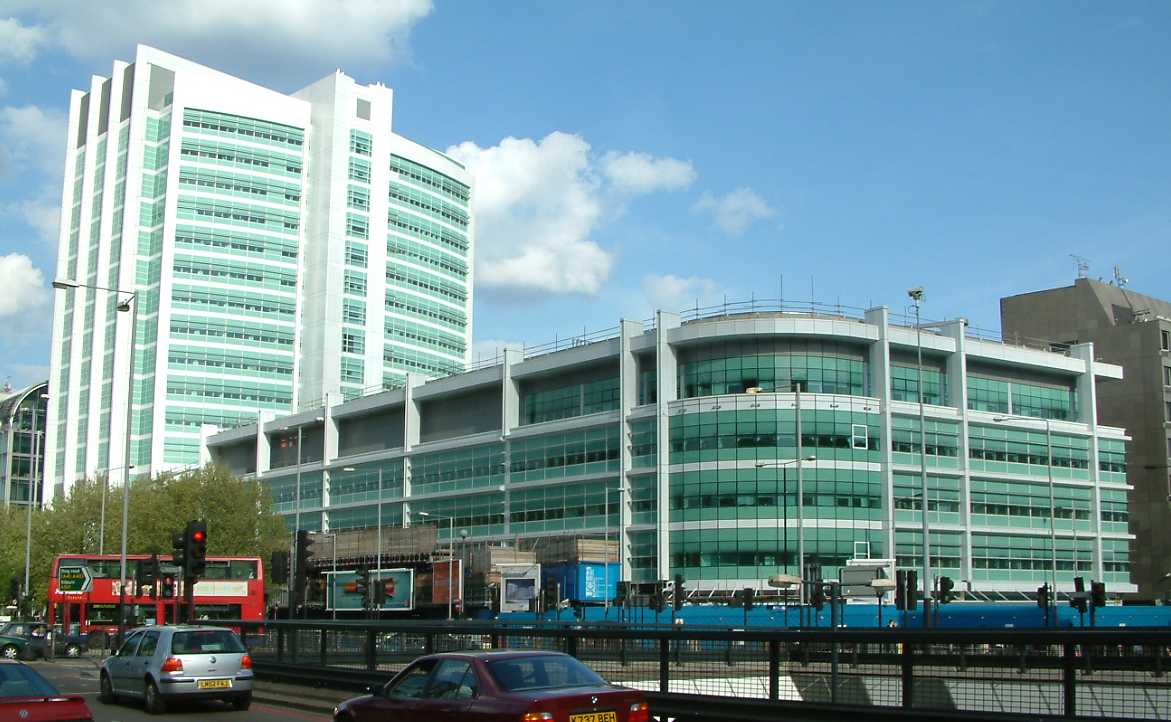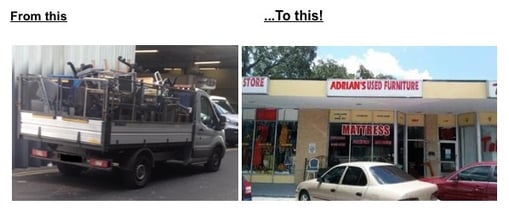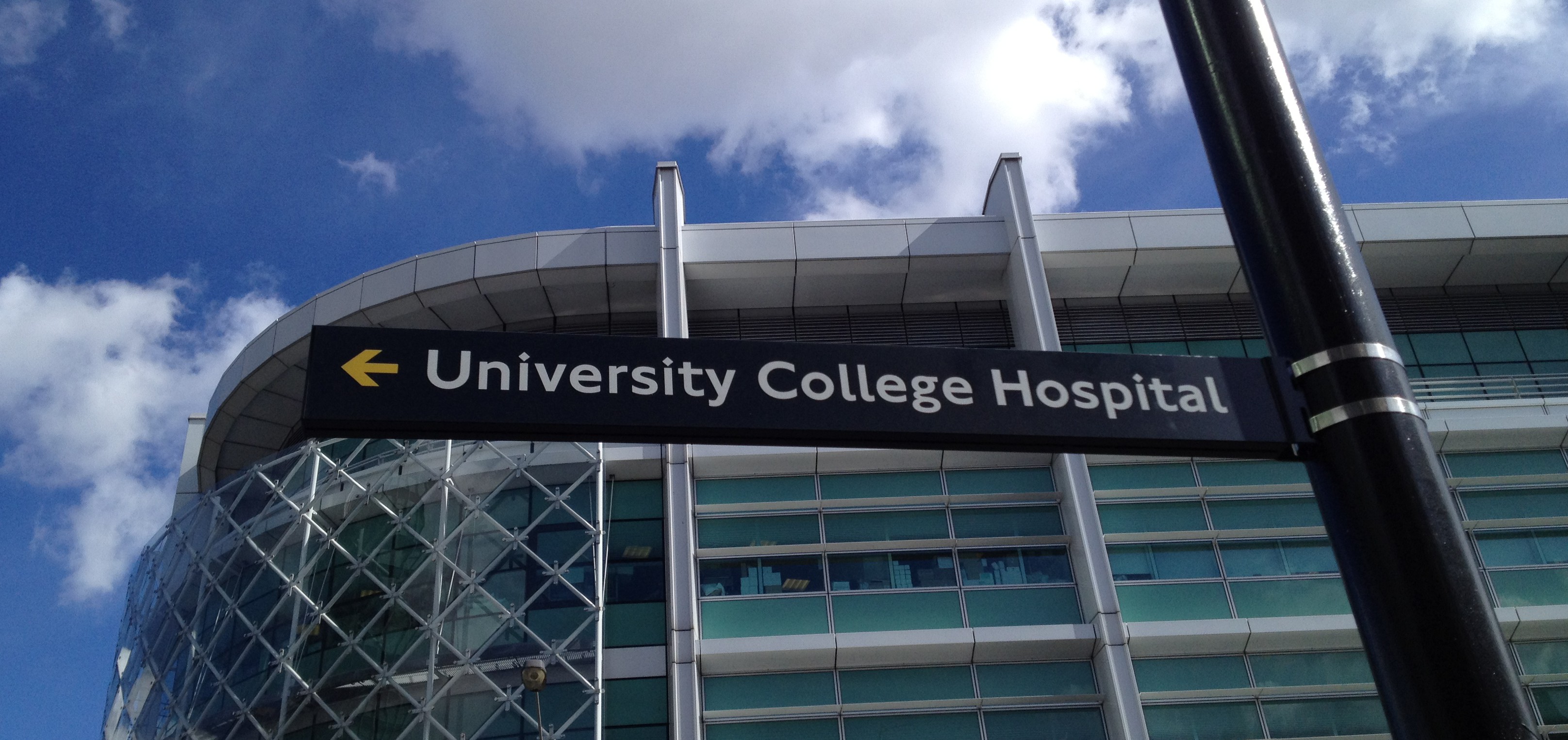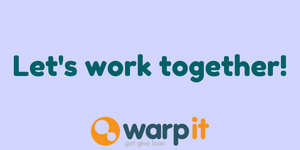We are joined by Adrian Miller, who for thirty years has worked in roles such as Waste Manager, Warehouse Manager, Facilities Manager, and more. His employers have included Guys and St Thomas (another popular Warp It user), Queen Victoria Hospital, KMPT NHS Trust and the British Museum.
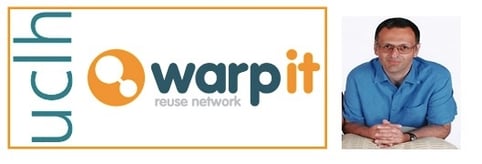
We’ve invited Adrian to discuss the active reuse project at the University College London Hospitals NHS Foundation Trust, where he is currently the Waste Manager.
What was the problem that inspired a reuse project?
I came in after the conception, but I’ve studied why it started. There was a room available which was good, but wasn’t reaching its potential. I came in around the time that UCLH decided to work with Warp It and I was the one given the project to take it forward.
So, we have a room which at the time was full of furniture, but the reuse of other items was still in its infancy. I immediately saw the potential for improvement, so I went down there, reorganised it, removed junk items that were not viable for reuse and even had some of them repaired. We were then ready to launch our reuse project.
We looked at a few tools that were available and Warp It seemed like the best option for us. We launched the scheme cautiously, unsure how people would respond. We knew we had items people wanted, so we encouraged them “come and have a look”. Anybody could claim, on the condition that they sign up to a Warp It membership - if you don’t sign up, you don’t get the item! The first month went very well, and since then we’ve been putting communications out to say how much savings we’ve made, just to generate further interest.
What can you tell us about the journey the organisation has been on?
We didn’t start by targeting senior management to get them on board, instead, we sought people who would actually use the system. We did need the senior management to approve the cost though, so we looked to people like the Ward Clerks, Facilities staff, or Project Managers who were actually ordering new items. We met some of them individually, nothing very formal, and quite organically we provided the information about the benefits of Warp It. Opening the dialogue made for a very smooth process - it had a somewhat viral effect as we gently fed information.
We put some communications out on our intranet and started marketing the system. We launched back in April 2018 and after only a month we already had nearly one hundred members.
We are very privileged here because there are a lot of people here who are actively interested in recycling. In our first report send out we showed how much we’d saved and shared the metrics on carbon emissions, and used that to encourage participation. After that first report, more and more people became interested; we also engaged with people already using the system and tried to enlist them as ambassadors to spread the word amongst colleagues.
After seven months of using Warp It, we avoided an estimated £22,000 in total costs thanks to the efforts of our 235 members (as of November 2018). We’ve taken a slow, consistent approach to demonstrating the benefits rather than applying the ‘in your face’ marketing method. When there’s a good news story we’ll put it out, and if we get a great 10/10 feedback rating we will share that too. The last internal communication attracted 40 new members. I couldn’t keep up that day!
It amazes me how the word has spread about Warp It. Once word got out about the savings and the sustainable aspects of the initiative, people became more conscious of the positives. It became more about sustainability than the money. (But savings are important!)
What barriers and challenges were faced and overcome?
The main drawback has been that we don’t have a portering team, so we’ve had to work around that with help from a private company. What we’re trying to do, because there’s a cost involved, is to be as flexible as possible. We don’t try to tie them down to specific times, but instead, jump on to backloads to keep the costs low and get discounts.
We’ve had to overcome people wanting more information about items than is currently available. We wanted Warp It to stand alone and not be too time-consuming, but there is a time commitment involved. Some people are nervous about claiming assets, so we’ve had to build up confidence with our users, sometimes by finding a convenient time for them to have a good look.
We want people to understand what Warp It could do for the organisation. Right now we are promoting the use of the ‘wishlist’ feature and not just considering what we’ve got, but what we might need six months down the line.
Initially, we listed items that we knew people would want, things like desks and chairs. Items that we knew were less popular were slowly added after three months, once there was an active user base. Instead of having a Warp It system with only six items, we slowly added more items to reflect the growth of the platform. By six months the listings had grown considerably.
What are your top tips for success?
Start small, think big, and act in a controlled manner. Don’t go all out to get 300 members straight away. Get people using it and talking about it. We have sustainability champions throughout our organisation. We link in with them, we get them to look at everything the organisation does and also to look at the items that are coming into the organisation, inspiring conversations about strategy.
One thing I found quite useful was to keep contact with a couple of other local trusts of a similar size and see how they’re performing compared to us. We paid one a visit a few months ago, had a look and shared ideas, then visited another one that was about to launch. We also have a trust coming to look at what we’re doing, so there’s a great opportunity for cross-communication and picking ideas from like-for-like trusts. This idea of exchange is key.
What are your plans for the future?
Going forward, we want to open up our system. We’ve got items that we’ve hit our critical mass on, where everyone is covered and we have a surplus quantity. We want to work with local charities and trusts - that’s our next game, donating surplus assets. Just because we don’t have a use for these items, it doesn’t mean other local people won’t have. We don’t want to see items go to landfill. Our hurdle with charitable donations is the legal department, but we’re working on it.
We want to reach £40,000 in savings by the end of year 1 (April 2019), and currently, we are at roughly £22,000. We also would like to be somewhere in the region of 300 active members; currently, it’s 235, so that’s very achievable.
Milestones
We don’t know what else we could be making savings on yet, though we feel that there is more potential. The main thing for us and our work with Warp It is that the savings are great, but also that we are making big steps forward for sustainability.

